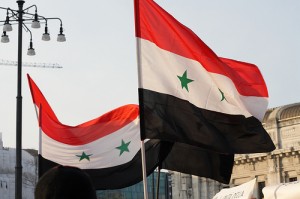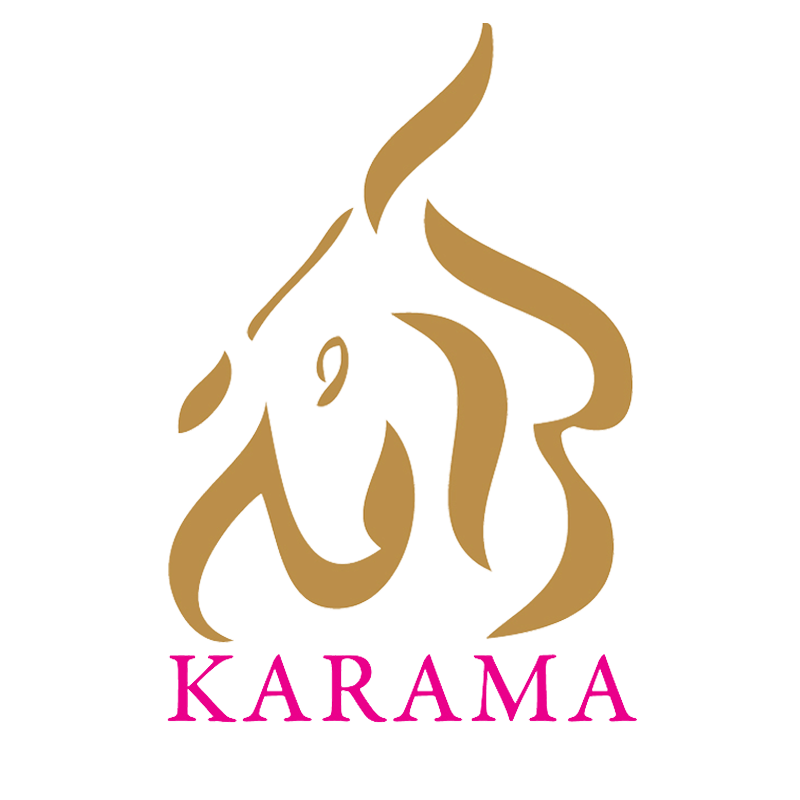Political Briefing: The Situation in Syria
Posted on: April 27, 2012, by : Editor Update (4.18.2011)
Update (4.18.2011)
President Assad addressed Syrians in a televised speech outlining steps to reform on Saturday, April 16. Most notable was a commitment to lift the 48-year-old State of Emergency by the end of the week, after which, he shared that no further protests would be necessary, implying that none would be tolerated. Assad mentioned additional topics under consideration, including the guaranteed right to assemble, and plans to address unemployment and to “study” legalization of political parties. Protests reached their highest number the day before Assad’s speech on Friday, when over ten thousand people filled the streets of Damascus, later to be beaten back by security forces.
Despite his effort toward conciliation, protests were reignited in response to Assad’s address, citing the President’s omission of a key issue: the abusive security forces, who have been attacking Syrians for weeks, and the lack of dignity with which Syrians have been treated by their own government. Protesters on Saturday included a large crowd of women shouting, “God, Freedom, and Syria,” who were featured in videos on YouTube. Reports from the ground are that as many as 24 people have died over the past two days in Banias, Latakia, Homs, and Talbisa. There are additional reports of forces raiding homes, shooting people on the street, and setting up checkpoints, which prevented anyone from leaving the area. Meanwhile, SANA, the state-run news agency, reported that a group of “armed criminals” opened fire on security forces, who then retaliated. That confrontation purportedly resulted in the death of three security force members.
On Sunday, security forces opened fire on mourners at funerals in Homs and Talbisa, killing 11 people and injuring over 90. Additional clashes occurred as crowds of protesters were surrounded by security forces, who unleashed gunfire and teargas into the crowds. The brutal treatment of protesters since the growth of anti-government protests in March has been widely criticized across the globe. Assad has several times claimed that an investigation committee is looking into recent deaths.
Original article continues:
Following a call for a “Day of Dignity” by Syrian protesters after a weeklong crackdown by regime forces that left over 61 dead, further violence erupted in the southern city of Daraa and other cities in Syria on Friday, March 25.
Protesters chanted: “We want dignity and freedom” and “No to emergency laws,” according to a report in the Financial Times.
As they approached the city, many were met with tear gas, live bullets, batons, and other weapons wielded by security forces.
Syrian security forces have reportedly enforced a lockdown, closing roads to Latakia, a nearby city where several were also shot and hospitalized. The government has kept journalists from entering Daraa, escorting them out in private security cars on Friday, and continuing to claim that “everything is normal.”
Meanwhile, in Damascus, 1,000 protesters remained in the streets by evening, refusing to leave until their demands for political reforms had been met by President Bashar Assad and the Ba’ath Party that has ruled Syria for nearly 50 years.
These protests mark the most serious internal challenge to date to the Baath Party and President Bashar al-Assad whose father, Hafez, ruled Syria from 1970 to 2000. Bashar al-Assad was elected unopposed after the adoption of a constitutional amendment which lowered the minimum age of the president from 40 to 34 to make him eligible for candidacy.
A previous challenge arose in the late 1970s. For several years, the Muslim Brotherhood led an armed insurgency against the regime. In response, the government fired upon the city of Hama, where much of this opposition was centered, killing thousands. Since then, anti-regime activity has been very limited.
During Bashar al-Assad’s first year in power, the Syrian people were hopeful that the younger president would foster democracy and freedom. Initially, President Assad made gestures toward reform, which included releasing hundreds of political prisoners, sanctioning publishing of the first independent newspapers in more than 30 decades, and allowing constituencies pushing for democratic reforms to hold public political meetings.
However, Bashar soon adopted the more restrictive policies of his father closing down and refusing licenses for political meetings on democratic reforms, limiting the independence of the press, arresting and harassing dissidents of the government (over 800 political prisoners are estimated in Syrian jails), and imposing government control over internet cafes and what Syrians can access online.
On Thursday, March 24, in response to nearly a week of protests, the Syrian government pledged to look into demands for reform, which include calls to address failing state services, the rising cost of living, corruption, unemployment, and a legacy of abuse by security services. Syrians also requested lifting of the emergency law. In place since the Baath party took power in 1963, this law includes provisions such as the ability to arrest people without warrants and imprison them without trials.
The Syrian Government announced yesterday that it would introduce a series of political and economic reforms, including holding consultations aimed at ending the state of emergency. However, a Facebook page called Syrian Revolution still asked people to gather for a “Friday of Dignity” after prayers. Continued violence throughout the week has only provoked further backlash from the people and propelled continued unrest.
The situation in Syria as it unfolded:
Fifteen teenagers were arrested in February for painting anti-regime graffiti on a wall in Daraa, an incident which proved to be a tipping point for many Syrians.
March 16: Nearly 150 people (human rights activists and relatives of political detainees) gathered outside the Interior Ministry in Damascus to present a petition for the release of Syria’s political prisoners. Security officers dressed in civilian clothes attacked with batons, dispersing the demonstrators. At least 34 people were detained. An eyewitness account shares, “They beat my mother on her head and arm with a baton. They pulled my sister’s hair and beat her as well until uncle managed to get her away. We started running but they followed us.” (Human Rights Watch)
March 18: Several thousand protesters marched from al-Omari Mosque in Daraa. Security forces first used water cannons to disperse protesters and then began to fire on them.
March 19: Security forces used teargas to disperse thousands of mourners who gathered for the funeral of Ayyash and al-Jawabra who had been killed. Syrian activists reported that the government disconnected all landlines and interrupted cell phone service. By March 20, this was said to be restored. While people were reportedly permitted to leave the city, no one was allowed to enter. The Syrian state news agency, SANA, announced that the Ministry of Interior would form a committee to investigate Friday’s “regrettable events.”
March 20: Government forces fired on protesters and used teargas to break up a public gathering in Daraa, killing one person and injuring dozens of others. A government delegation was sent to Daraa and announced through SANA that the 15 teenagers arrested weeks earlier would be released immediately.
March 23: Syrian security forces used teargas and live bullets and stormed the al-Omari mosque in Daraa, where protesters were still gathered. Residents reported seeing corpses on the street and heavy gunfire, and it is estimated that at least 25 were killed. A number of Syrian journalists reporting on the event were reportedly arrested.
March 24: SANA reported that the security forces attacked the mosque after an “armed gang” attacked an ambulance the day before in the mosque’s vicinity. Demonstrations occurred at the funerals of several who had died when security forces opened fire on protesters the day before.
March 25: Protesters are fired upon in Daraa, including 15 marching toward Daraa from the nearby village of Salamen, nine who were shot in the main square, and two children in Latakia. Two women, identified as Marwa Ghamyan and Noura al-Rifai, have been released after being arrested by Syrian security forces. Two hundred people joined the protest in Damascus, however there were reports of clashes with regime supporters outside Umayyad mosque and use of ever day weapons such as leather belts. Meanwhile, 30 people are reported arrested and 3 dead in Damascus, where heavy gunfire has been heard and roads in some parts of the city are also closed down.
March 28: Syrian security forces are overwhelming Daraa in an attempt to reclaim the streets, reportedly opening fire on protesters gathered at a central mosque. Bashar al-Assad has announced that he would announce “important decisions” within 48 hours.
